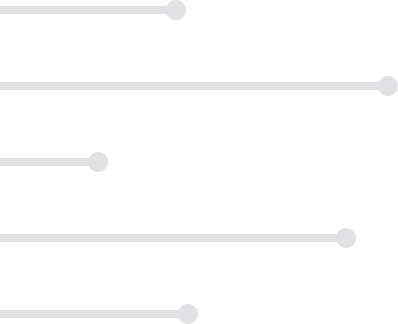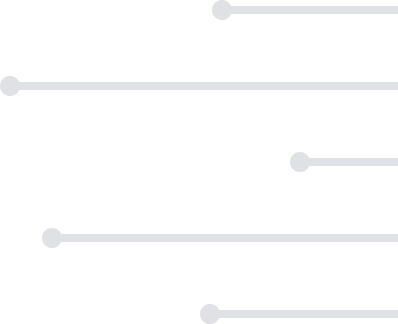
$79
Plus membership
3 Credits
All courses include:
eTextbooks
2 to 3-day turnaround for grading
Multiple chances to improve your grade
On-demand tutoring & writing center
Student support 7 days a week
$79
Plus membership
3 Credits
All courses include:
eTextbooks
2 to 3-day turnaround for grading
Multiple chances to improve your grade
On-demand tutoring & writing center
Student support 7 days a week
Macroeconomics
$79
Plus membership
3 Credits
About This Course
ACE Approved 2021
Macroeconomics analyzes the performance of the national economy and its links to the global economy, in addition to examining aspects of the economy from an aggregate perspective.
What You'll Learn
Identify and apply relevant terminology and concepts to economic issues and problems.
Compare and contrast the market system of economics with other systems.
Analyze and synthesize the public and private sectors of the U.S. economy.
Explain and synthesize the components of the National Income and Product Accounts.
Describe the macroeconomic goals and problems.
Analyze and synthesize short-run and long-run models of macroeconomic activity.
Analyze government macroeconomic policy tools, and explain how they are used to stabilize the macroeconomy.
Compare and contrast various macroeconomic theories.
Analyze and synthesize international economic activity, and use the results to predict the impact on U.S. macroeconomic activity.


Your Life, Your Schedule, Your Education
Transfer into over 3000+ institutions that accept ACE courses or transfer directly into 180+ partner schools.
request information
Learn about the basic tools of economists, and get an overview of the interrelated components of the U.S. economy in our online Macroeconomics course. Additionally, topics like supply, demand, economic measures, growth, employment, and inflation, as they relate to the business cycle and the health of the economy, are examined.
There are no prerequisites to take Macroeconomics.
| Topic | Subtopics |
|---|---|
| Basics of Macroeconomics |
|
| The U.S. Economy |
|
| Basics of Supply and Demand |
|
| Measuring Economic Outcomes |
|
| Inflation |
|
| Economic Growth |
|
| Unemployment and Employment |
|
| Saving, Capital Formation and Financial Markets |
|
| Interest Rates and Monetary Policy |
|
| The Business Cycle |
|
| Aggregate Expenditures |
|
| Fiscal Policy |
|
| Aggregate Demand and Aggregate Supply |
|
| Monetary Policy and the Economy |
|
| Exchange Rates, International Trade and Capital Flows |
|
Your score provides a percentage score and letter grade for each course. A passing percentage is 70% or higher.
Assignments for this course include:
- 4 Graded Exams
- 1 Graded Midterm
- 1 Graded Final
The required eTextbook for this course is included with your course purchase at no additional cost.
Frank, Robert H., Ben S. Bernanke, Kate Antonovics, and Ori Heffetz. Principles of Macroeconomics. 8th ed., McGraw Hill, 2022. ISBN: 9781264250318
Macroeconomics students also take:
Helpful resources:







